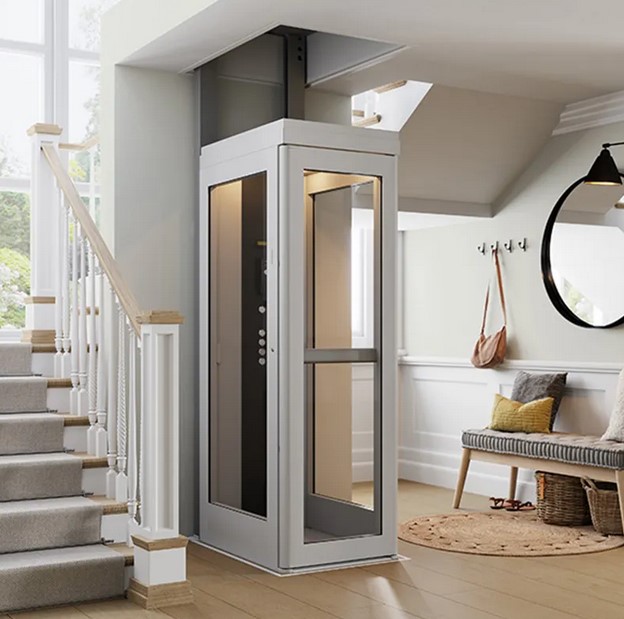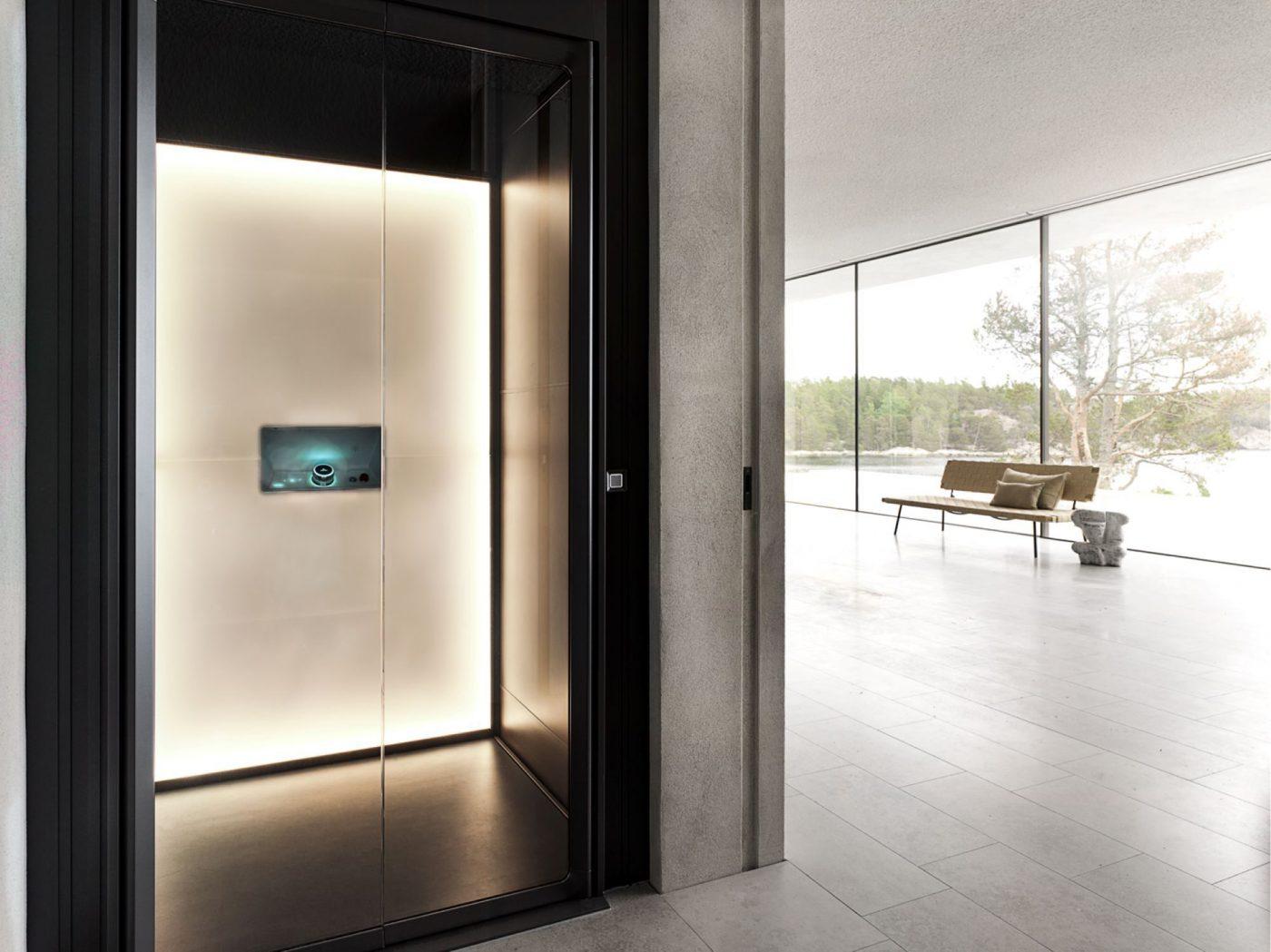We Maintain Lifts with Precision: Ensuring Safety and Efficiency
We Maintain Lifts with Precision: Ensuring Safety and Efficiency
Blog Article
Deciphering the Complexities of Lift Technology: Troubleshooting Common Problems Throughout Lift Models
In the realm of lift innovation, a myriad of complexities frequently exist below the surface area of what seems a straightforward system. From slow-moving operation problems to peculiar sounds originating from the equipment, fixing usual troubles throughout numerous lift versions requires a keen eye for information and a methodical method - repair and maintenance services. As we start this journey to untangle the intricacies that can pester these important gadgets, a much deeper understanding of the inner operations and possible pitfalls of lift innovation is important. Remain tuned as we browse with the maze of lift malfunctions, seeking services to the enigmatic issues that can interrupt the smooth performance of these important devices.
Recognizing Slow Operation Issues

Following, inspect the electric connections to ensure that all components are appropriately connected and functioning. Faulty circuitry or loose connections can bring about reduce operation or complete malfunction of the lift system. Additionally, it is crucial to examine the control system to identify if the problem hinges on the programs or sensing units.
If the aesthetic evaluation and electric checks do not disclose the origin of the slow operation, more analysis tests might be needed. These might consist of stress tests for hydraulic systems, voltage tests for electrical parts, or running diagnostic software application for the control system. repair and maintenance services. By complying with a systematic method to troubleshooting sluggish operation concerns, you can efficiently recognize and resolve the problem, making certain the lift runs securely and properly
Addressing Unusual Noises
To efficiently troubleshoot lift modern technology for odd sounds, a complete evaluation of the lift components following the identification of slow-moving operation problems is critical. Strange noises in lifts can be a measure of underlying problems that require punctual focus to make certain the security and reliability of the system. Typical resources of strange noises in lifts include worn-out or misaligned pulleys, harmed electric motor bearings, damaged or loosened suspension ropes, and malfunctioning control systems. When attending to strange sounds, it is important to conduct a methodical evaluation of these elements to determine the specific reason for the noise properly. This may include checking for any type of visible indicators of damage, checking the functionality of motor bearings, tightening up loose links, and lubricating relocating parts as required.
Moreover, it is crucial to refer to the lift maker's maintenance guidelines and seek support from qualified service technicians when managing intricate lift components or unfamiliar troubleshooting procedures. By immediately resolving and resolving weird sounds underlying concerns, lift operators can guarantee the ideal performance and safety of the lift system for passengers and drivers.
Managing Faulty Control Troubles
An efficient approach for attending to malfunctioning control problems in lift modern technology entails performing an extensive assessment of the control system's components and performance. When running into concerns with lift controls, it is critical to first check for any kind of loose links, harmed circuitry, or malfunctioning sensing units. Validating that all control keypads, switches, and displays are functioning properly is additionally check this site out vital in detecting the issue precisely.
If no noticeable issues appear, specialists need to proceed to inspect the control board for any signs of water overheating, rust, or damages, as these can often result in regulate malfunctions. In addition, resetting the control system or updating the software application might help deal with particular glitches or insects creating the trouble.

Taking On Hydraulic System Malfunctions
The performance of hydraulic systems in lifts depends greatly on the correct functioning of various components within the system. When hydraulic systems breakdown in lifts, it can lead to functional disruptions and safety and security issues. One typical issue is hydraulic fluid leak, which can occur as a result of worn-out seals, loosened links, or damaged cylinders. To tackle this trouble, specialists need to carry out a detailed assessment to recognize the source of the leakage and replace any kind of faulty elements without delay.
Additionally, irregularities in hydraulic fluid degrees or uncommon sounds throughout lift procedure may show underlying system malfunctions that like it need instant interest to prevent more damage. Regular maintenance and prompt troubleshooting of hydraulic system problems are crucial to ensuring the secure and reliable procedure of lift technology.
Managing Electrical Component Failures
Dealing with electric element failures in lift modern technology necessitates a methodical strategy to detecting and solving problems to maintain operational performance and safety requirements. When coming across electric problems in lift systems, it is crucial to first perform a complete assessment of the electrical parts, consisting of control panels, electrical wiring, sensing units, and circuit boards. Any signs of damage, rust, loose links, or burnt components ought to be carefully noted and addressed immediately to avoid more problems.
In the instance of electric component failings, it is vital to follow maker guidelines for fixing and fixing procedures. This might involve checking the components utilizing multimeters, oscilloscopes, or other diagnostic devices to pinpoint the specific resource of the malfunction. In addition, having a detailed understanding of the lift's electric schematics and circuitry layouts can aid in recognizing and correcting problems successfully.
Regular maintenance and assessment routines can aid prevent electrical failures by spotting prospective concerns early. Proper training for lift professionals on electric systems and components is also important to make sure precise medical diagnosis and reliable resolution of electric troubles, inevitably contributing to the overall security and dependability of lift operations.
Verdict
To conclude, repairing lift modern technology requires a systematic technique to identify and deal with common issues such as sluggish procedure, strange sounds, defective controls, hydraulic system malfunctions, and electric component failings. By comprehending the complexities of lift technology and adhering to proper fixing steps, service technicians can successfully deal with issues and guarantee the risk-free and efficient procedure of lifts across various models.
To properly repair lift innovation for unusual sounds, an extensive assessment of the lift components following the identification of slow procedure problems is essential. Weird sounds in lifts can be a sign of underlying issues that need prompt interest to guarantee the safety and integrity of the system.A reliable technique for addressing damaged control issues in lift modern technology includes carrying out an extensive assessment of the control system's elements and performance.The effectiveness of hydraulic systems in lifts counts heavily on the correct functioning of numerous components within the system. repair and maintenance services. When running into electrical issues in lift systems, it is important to first carry out a comprehensive examination of the electrical elements, consisting of control panels, wiring, sensors, and circuit boards
Report this page